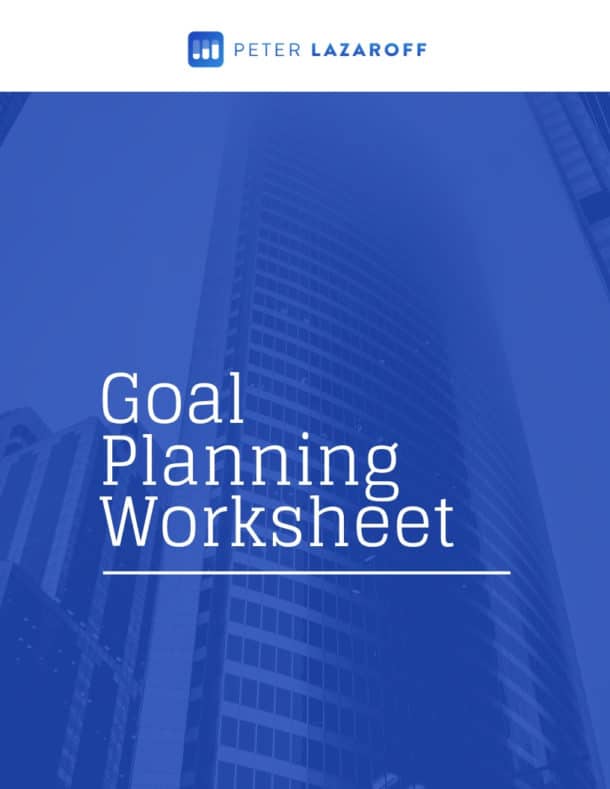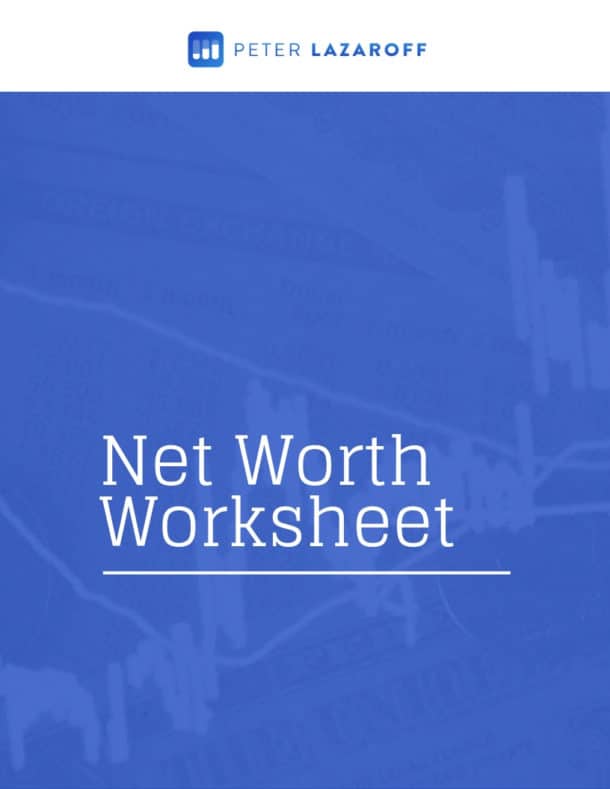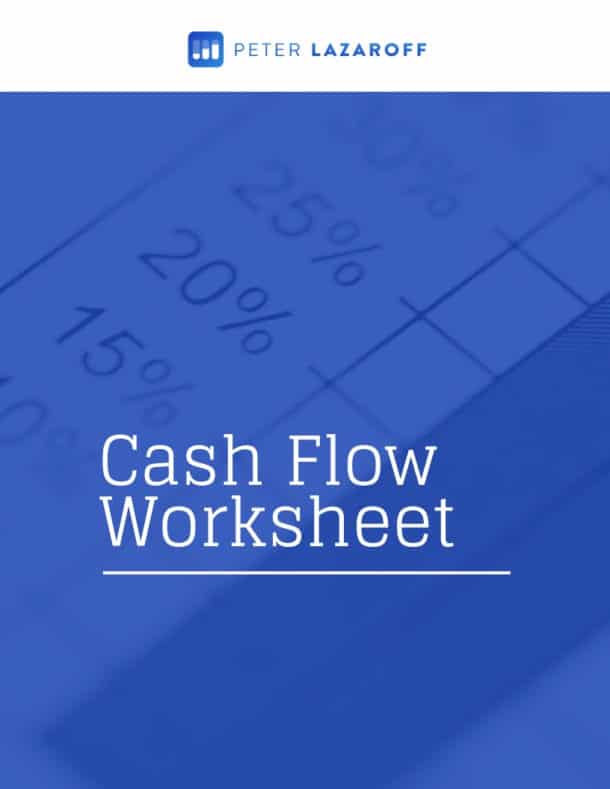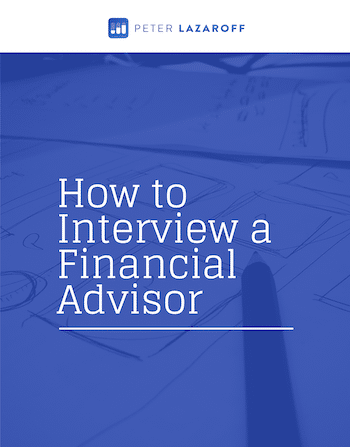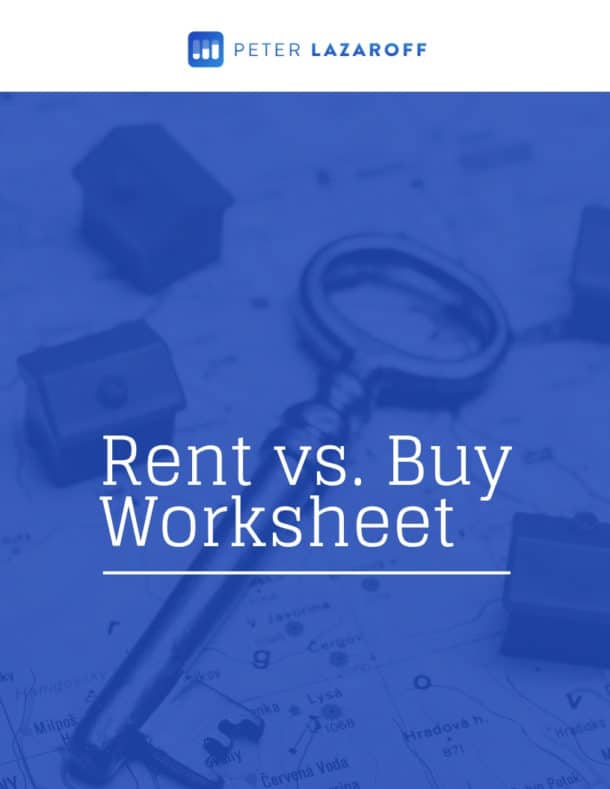Listen Now
Gold is going for more than $4,000 an ounce. It’s one of the stories of the year—and what makes it unusual is that stocks are strong at the same time. Turns out that optimism about AI and earnings can coexist with a bid for safety.
Today I’m going to do four things. First, explain what’s pushing gold higher right now—central-bank buying, a jumpier macro backdrop, the rate picture, and the dollar.
Second, test the idea that gold is a safe haven.
Third, look at gold as an inflation hedge, and why public equities and real estate have historically delivered positive real returns when inflation runs above 4%, while gold hasn’t—and when a specific future expense is the worry, TIPS are the clean solution.
Finally, I’ll close with where gold fits in a long-term portfolio and a simple sizing rule so you can decide between 0%, a small sleeve, or nothing at all—without second-guessing your plan.
Sign up for my newsletter so you can easily reply to my emails with your thoughts or questions for the podcast:
Why Is Gold Rising?
Central banks are probably the biggest contributors. The trend dates back to the pandemic as government debts have swelled and the “always rock-solid” perception of Treasuries has softened at the margin, and thus more central banks have diversified reserves away from the dollar.
The de-dollarizatiton accelerated further back in 2022 when the U.S. placed economic sanctions on Russia in response to their invasion of Ukraine, specifically they froze US dollar assets held by the Russian central bank.
The result is that for the first time since the mid-1990s, gold represents a greater percentage of central bank reserves than Treasuries or even euro assets. So in my opinion, it’s this trend that is the primary driver of gold’s outsized returns.
Gold has also benefited from a choppy macro picture and policy uncertainty. Shifting tariff policies, questions about how those changes might affect inflation and/or growth, signs of softer consumer confidence in places, and ongoing geopolitical flare-ups. When the news flow is unstable, some investors want an asset that isn’t tied to corporate cash flows and I think this is definitely something we are seeing play out right now.
Lower interest rates and a weaker U.S. dollar are the other factors making a difference. Because gold doesn’t pay interest, its competition is whatever yield you can earn elsewhere. If rates fall—or if the market expects them to fall—the opportunity cost of holding gold drops, which tends to support prices.
As for the dollar, over time a weaker U.S. dollar has often been a tailwind for gold. The relationship isn’t perfect day to day, but the two frequently move in opposite directions.
But what’s unusual (and most interesting to me) about some of these dynamics is that they directly conflict with the vibes in the stock market where many investors see transformational upside from AI.
In recent history, you tend to see investors buy stocks when they feel optimistic and gold when they’re nervous. Yet here we are with major stock indexes at or near all-time highs while gold punched through $4,000/oz for the first time. It’s a rare split‑screen: animal spirits in equities alongside a growing appetite for protection.
Which narrative wins out remains to be seen, but we know that equities are good for capturing upside—but is gold a good safe-haven asset?
Is Gold Really a Safe-Haven Asset?
I’ve always seen gold as somewhat of a panic room—a place investors rush when the world feels unstable. In my experience, when markets stumble or headlines scream crisis, some investors take comfort in putting money in something tangible and feel like they’re more in control.
But history shows that gold’s safety depends heavily on when you seek refuge.
Over long stretches, gold has tended to behave like a pendulum. Recent research shows that gold’s price, when adjusted for inflation, often drifts back towards its historical average. So in periods when the real price has soared well above that line—as it did in 1980 and again in 2011–future returns have typically been disappointing. As you can see in the research, those peaks were followed by years, even decades, of lackluster results. With gold now trading near record highs in real terms, it’s hard to call today’s level “safe.”
Speaking of “safe,” gold is much more volatile than it’s reputation suggests when people (incorrectly) talk about it as a safe-haven. Since the early 1970s its price swings have actually been larger than those of U.S. stocks. A “safe haven” that can fall harder than the risk assets it’s supposed to offset isn’t really a haven—it’s simply a different kind of risk.
The real problem I have with gold is that it doesn’t do anything. It doesn’t generate earnings or dividends; it just sits there. Maybe it can help preserve purchasing power over long periods, but it doesn’t build wealth.
Is Gold an Effective Inflation Hedge?
If gold were truly an inflation hedge, this year’s results would look a lot different. Inflation has eased from its post-pandemic peak, yet gold prices have soared. That disconnect alone is a good data point in gold’s poor ability to hedge inflation, but what sometimes surprised people is that the disconnect isn’t new and it’s usually how gold behaves.
Gold often rallies when investors expect inflation to rise, not when inflation is actually running hot. Once the fear fades or prices stabilize, gold’s returns tend to cool off. In other words, the gold reacts more to inflation anxiety than to inflation itself.
Looking across history, gold’s purchasing-power record is mixed. There are many decades it has roughly kept pace with inflation, but not consistently and not efficiently. This is particularly true ever since gold futures began trading in the 1970s. Periods that feel like “protection” in the moment often give way to long stretches of disappointment once prices normalized.
Another problem with using gold as an inflation hedge is its aforementioned volatility. Inflation in developed economies typically fluctuates a few percentage points a year, at most, while gold’s annualized volatility has often been around 20% or roughly ten times more volatile than the thing it’s supposed to hedge. When an “inflation hedge” can swing like a small-cap stock, it’s not really a hedge—it’s a speculation about market psychology.
The better course of action is to own productive assets when inflation is high.
Blogger Nick Maggiulli recently examined historical periods when inflation runs above 4%. What he found was that public equities and real estate have delivered positive real returns. And that makes sense because businesses can raise prices, grow nominal revenues, and—over time—protect margins; whereas real estate is able to adjust through rents and replacement costs. In contrast, Nick’s analysis shows that gold’s real returns have been negative during those higher-inflation regimes.
So is gold a good inflation? History says no. It may pop during a scare, but it hasn’t reliably grown purchasing power once inflation actually bites.
Gold’s Place in a Long-Term Portfolio
As you can tell, I’m not a fan of owning gold.
If there is an argument I’m open-minded about, it’s a long-term strategic allocation held for diversification purposes. To be clear, I don’t love it as a long-term, strategic allocation either, but I can at least understand why some people do.
The reason I don’t love it is simply because diversifying assets is very difficult to maintain discipline over multiple decades.
I’ve watched investors grow uncomfortable with decades of international underperformance vs US stocks. I’ve also witnessed investors squirm in response to the fluctuations TIPS funds—which are really great diversifies of a fixed income allocation.
But in both of those examples, you also own those assets because they have positive expected returns—gold does not.
Everyone knows diversification is a good thing, but owning something purely for diversification purposes (and not return generating purposes) is very difficult to maintain.
But if you’re still not convinced, here is the framework I always start with when considering a new allocation.
For me, the weighting within a global market portfolio is the best starting place. Gold falls somewhere between 5-6% of global market cap for a portfolio that includes public stocks and bonds, private investments, real estate, and (god help me) cryptocurrency.
So if you are deciding to add gold for the first time—knowingly at levels that historically have been followed by extended periods of bad returns—you certainly shouldn’t exceed a global market portfolio weighting.
But be aware that your gold allocation’s ability to diversify will be uncomfortable for sometimes decades at a time. And it doesn’t replace the heavy lifters of long-term wealth—stocks, bonds, and real assets that produce income and compound growth.
As always, thanks for reading.
Resources:
The Long Term Investor audio is edited by the team at The Podcast Consultant
Submit Your Question For the Podcast
Do you have a financial or investing question you want answered? Submit your question through the “Ask Me Anything” form at the bottom of my podcast page.
Support the Show
Thank you for being a listener to The Long Term Investor Podcast. If you’d like to help spread the word and help other listeners find the show, please click here to leave a review.
I read every single one and appreciate you taking the time to let me know what you think.
Free Financial Assessment
Do you want to make smart decisions with your money? Discover your biggest opportunities in just a few questions with my Financial Wellness Assessment.

Disclosure: This content, which contains security-related opinions and/or information, is provided for informational purposes only and should not be relied upon in any manner as professional advice, or an endorsement of any practices, products or services. There can be no guarantees or assurances that the views expressed here will be applicable for any particular facts or circumstances, and should not be relied upon in any manner. You should consult your own advisers as to legal, business, tax, and other related matters concerning any investment.
The commentary in this “post” (including any related blog, podcasts, videos, and social media) reflects the personal opinions, viewpoints, and analyses of the Plancorp LLC employees providing such comments, and should not be regarded the views of Plancorp LLC. or its respective affiliates or as a description of advisory services provided by Plancorp LLC or performance returns of any Plancorp LLC client.
References to any securities or digital assets, or performance data, are for illustrative purposes only and do not constitute an investment recommendation or offer to provide investment advisory services. Charts and graphs provided within are for informational purposes solely and should not be relied upon when making any investment decision. Past performance is not indicative of future results. The content speaks only as of the date indicated. Any projections, estimates, forecasts, targets, prospects, and/or opinions expressed in these materials are subject to change without notice and may differ or be contrary to opinions expressed by others.
Please see disclosures here.









